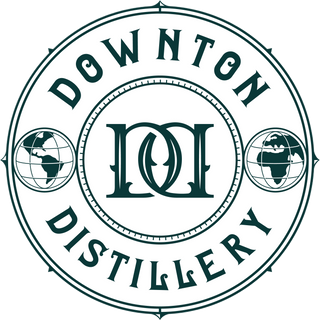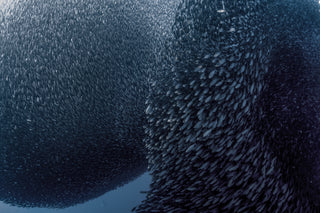DOWNTON DISPATCHES
-

Listen to BBC Radio Solent - Gin O'Clock
Over the last month the wonderful duo of Sally and Lloyd of the Christchurch Confectioner have been showcasing regional and local micro distilleries. Their reviews discuss the heritage, terroir, botanicals...
-

Small Business Sunday Win! #SBS
On Sunday Downton Distillery alongside hundreds of other small businesses submitted their tweet. This was no normal tweet, this was going out to Dragon Den Star Theo Paphitis and into...
-
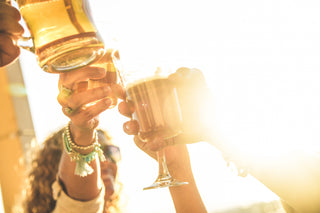
Cheers to that!
On World Gin Day ‘Just Luxe’ a luxury lifestyle magazine published their review of the most innovative and interesting gins in the global market. Having been included in their review...
-

Reuse & Refill
At Downton Distillery we are always looking at improving our carbon footprint and improve our sustainability. As improvements are made any savings that we can offer will always be passed...
-

Pink Gin & its Making
James Bond 007 ordered his first Martini in Goldfinger written in 1964, but the following year he ordered a Pink Gin in ‘The Man with the Golden Gun.’ This type...
-
Gin of the Week
Explorer's Gin was 'Gin of the Week' with the Gin Guide at the start of May. This was hot of the back of the Gin Guide Awards where Explorer's was...
-
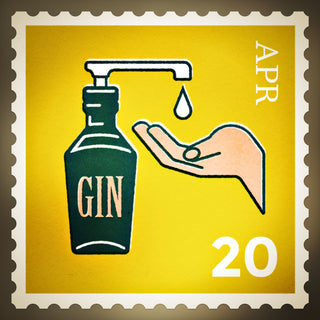
Gin comes together
Over the last couple of months it has been wonderful to see how different sectors have come together for the greater good of both their communities and supporting the front...
-
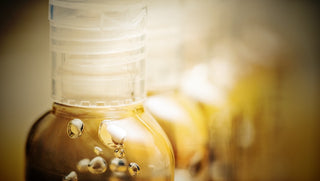
Where has all the hand sanitiser gone?
BBC Article - by Stephanie Hegarty Population correspondent. Shelves all over the world are empty, there's slim pickings online and the few suppliers that are selling are pricing at way...
-
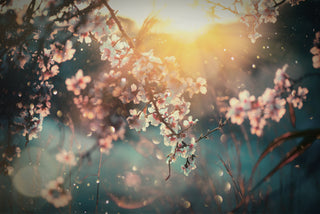
Spring Review of Gin Market
This was published on Gin Foundry With the promise of Spring budding on every tree branch (not that we can get to with all the self isolation) and the interminable...
-

Home Alcohol and Hand Sanitiser
I received a couple of enquiries about using ‘Whisky’ as an option for hand sanitiser, I would normally have said ‘no’. However, some research has just come to light over...
-
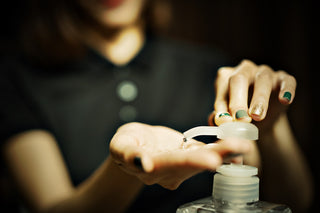
Making Hand Sanitiser
The new coronavirus (Covid-19) is spreading very quickly and everyone is susceptible to the pandemic. In attempt to slow the spread of coronavirus we’re being told to wash our hands more, preferably...
-
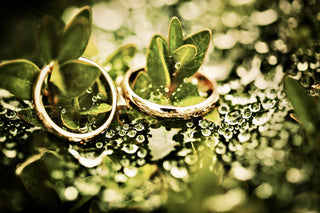
Have a wedding to plan we can help!
Winter is nearly over with Spring beginning to creep around the corner. Daffodils and Snowdrops are burgeoning finally providing colour to what has been a very damp and grey landscape....
-
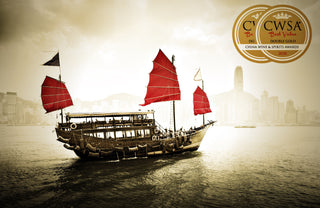
Golden Chinese New Year
The annual Chinese New Year celebration starts on 25 Jan 2020 when the Year of the Rat begins, the animal is seen as a sign of wealth and surplus in Chinese...
-
Breakfast Show BBC Wiltshire
Early in December Karen Gardener from BBC Wiltshire interviewed Hugh at the Salisbury Christmas market. Having tried Explorer's Gin, she was keen to learn more about Downton Distillery and what...
-

Wiltshire's beauty - captured by Chris Lock
We are proud to be using some of the beautiful images of Wiltshire that local photographer Chris Lock has taken. He has been taking pictures of the Wiltshire landscape for...
-

Bottle collection from Regent Tailoring
You can now collect your bottle of Explorer’s Gin from Regent Tailoring in Salisbury, when you order online. Instead of having to wait for the postman at an inconvenient time,...
-
Salisbury Christmas Market
At the start of the month we celebrated our 1st anniversary by opening the doors to our Chalet at the Salisbury Christmas market, where it all started last year. It...
-
Channel 4 Sunday Brunch
Last Sunday Olivier Ward of Gin Foundry presented ‘Explorer's Gin’ on Channel 4 Sunday Brunch. He spoke about Downton, Loch Ness and Batch Brew distilleries and what makes each distillery...
-

The GOSH Veldrome Challenge raises £350,000
The Lee Valley Velodrome a bastion where athletes from across the globe come to compete. It’s here that feats of human endurance have been made, records have tumbled, and dreams...
-
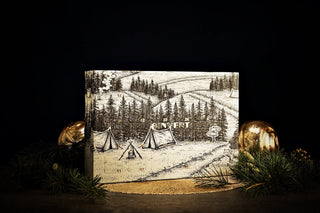
Discover Explorer's in the Ginvent Calendar
The Gin Foundry started the original gin Advent calendar. It began one cold, dark winter night when they realised that no one made a gin-filled Advent calendar. To resolve the...
-
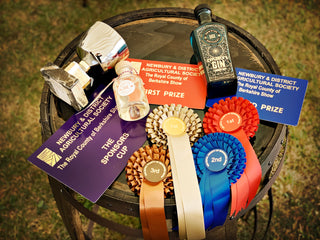
The Royal County of Berkshire Show
The Royal County of Berkshire Show holds a very dear place to my heart. It’s a county show that has both a rich and vibrant history dating back to 1909...
-

Explorer's Gin wins Gold in China
At the start of the year we shipped a bottle of to China to take part in our first ever competition. It never made it; the package was intercepted by...
-
The Master Mariner
This summer both Meike and I went on holiday to the Turkish side of Cyprus. Not having any expectations of what lay in store we were delighted to see both...
-
Bamboo Straws
A recent article estimated that nearly 500 million disposable plastic straws are tossed into landfills every year, but DEFRA did a review in 2018 ‘straw wars’ and estimate the number...
